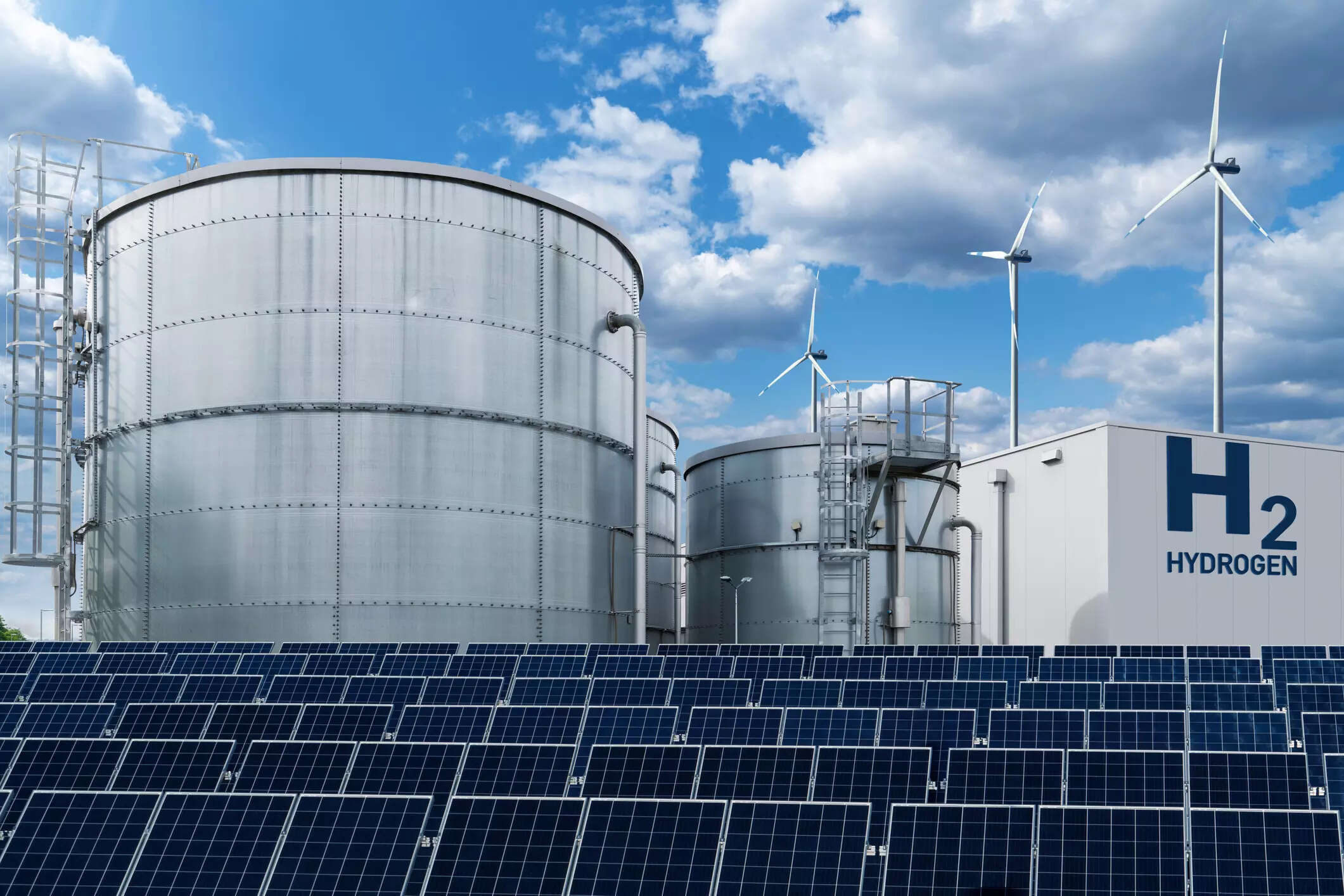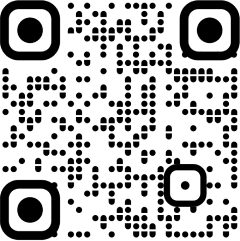
Italy, Germany and Austria have signed an agreement to cooperate on the development of a network to transport hydrogen from the southern Mediterranean to northern Europe, the energy ministries of the three countries said on Thursday.
The official announcement, which confirms what sources told Reuters on Tuesday, marks a concrete step in the European Union‘s strategy to secure renewable hydrogen supplies by 2030 to help decarbonise its most polluting industries.
“The Southern Hydrogen Corridor will provide renewable hydrogen imports from North Africa via southern Italy and further connect to the major hydrogen demand hubs in Italy, Austria and Germany,” the German ministry said in a statement.
The link dubbed SoutH2, which last year won priority status from the European Commission, is considered important to develop a European market for the renewable fuel.
A group of companies including Italian gas grid operator Snam has teamed up to build the SoutH2 pipeline by the beginning of the next decade, with a financial commitment of more than 4 billion euros (USD 4.3 billion).
“The southern corridor will play an important role, especially in supplying the southern German states with green hydrogen,” Germany’s Minister for Economic Affairs and Climate Protection Robert Habeck said in a statement.
Last year sources told Reuters Italy was in preliminary talks with Bavaria’s government to supply gas and hydrogen to the southern German state, adding Rome also aimed to sell energy to Austria.
The European Union aims to produce 10 million metric tons and import 10 million tons of green hydrogen by 2030 in a bid to replace fossil fuels, which emit planet-warming gases when burned.
Green hydrogen is produced by splitting water through electrolysis using renewable energy.

